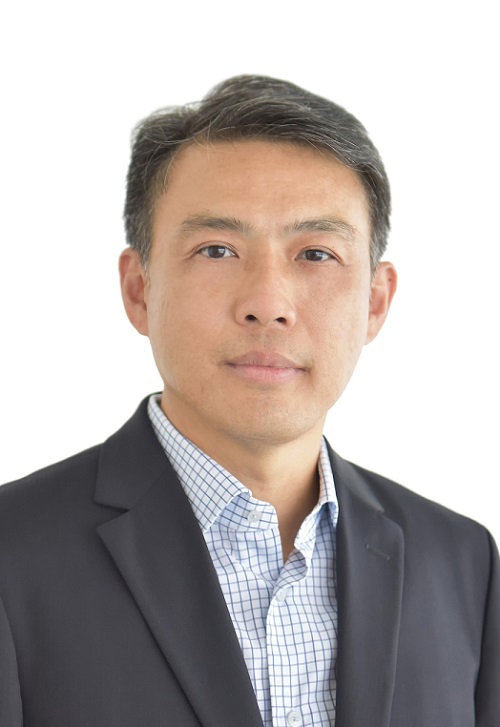Despite currency turmoil, SEA remains top APAC market for Dell
By Benjamin Cher May 30, 2016
- Currency fluctuations in 2015 minimised thanks to its ‘experience in the region’
- Dell-EMC merger provides potential cost-savings in components and hardware

THE currency fluctuations of 2015, when the Malaysian ringgit lost up to 20% of its value, have inflicted financial scars on companies operating in the country.
Austin-headquartered Dell Inc was not immune to that challenge, but its 22-year experience in the region allowed it to stave off the worst effects, according to Pang Yee Beng, Malaysia managing director, and vice president of commercial channels at Dell Asia Pacific and Japan.
“The No 1 challenge in this region is the currency,” he says, speaking to Digital News Asia (DNA) in Singapore recently.
“We deal in local currencies, but when we send it back to the United States, it has to be in US dollars, so the currency fluctuations have been, and is still, a challenge.
“The good news for Dell is that since we have been here for so long, we’ve seen through the 1998 crisis and the early 2000s dotcom bust, and our financial systems are a lot more robust – we were able to hedge,” he adds.
This allowed Dell to minimise the impact of the extreme fluctuation of the ringgit in 2015, but Pang admits that the company is not home-free yet.
“We don’t think that this is over yet so we always have to be on our toes,” he says.
While the currency fluctuation was a unique challenge, there was another one that is constant in South-East Asia: The region’s diversity, and its combination of developed and emerging markets.
Despite these challenges, South-East Asia remains one of the fastest growing regions in Asia Pacific for Dell according to Pang, who was unable to disclose actual figures.
And while global PC shipments are in decline, as research firm Gartner has reported, Dell is still doing well due to “the enterprise business, storage and services picking up in this region,” he declares.
Dell-EMC’s hardware play
 Many technology companies have been spinning off their hardware divisions or selling them outright to focus on the software play.
Many technology companies have been spinning off their hardware divisions or selling them outright to focus on the software play.
Dell is well known as a hardware producer, and is still among the top three PC vendors in Asia Pacific, according to the Gartner report cited above.
“While we are known predominantly for our hardware, that’s not the only thing we do,” says Pang (pic).
“We understand clearly that customers no longer want to buy hardware, they want to buy the total solution,” he adds.
Dell pioneered the built-to-order concept in the PC market, leveraging on its supply chain management and just-in-time manufacturing process.
While the hardware market is becoming increasingly commoditised, the company will still bank on this proven model.
“We have not moved away from it – that is the core, the heart of the company,” says Pang.
The Dell and EMC Corp merger announced last October will also stand to benefit Dell in its supply chain management. “Once we have the EMC-Dell integration, and load it into the core – can you imagine the cost savings that we can take out of that?” he says.
“We will likely be largest consumer of components – we will leverage that, use the supply chain to make it effective and ensure our order management remains state-of-the-art.
“We’re still going to be online and will continue to improve it, because that’s the heart of Dell and we’re not going to take that away,” he adds.
Related Stories:
Analysis: Making sense of the Dell-EMC mega-merger
Dell ‘in it to win it’ with channel partner strategy
Dell launches new line of business within enterprise unit
For more technology news and the latest updates, follow us on Twitter, LinkedIn or Like us on Facebook.


